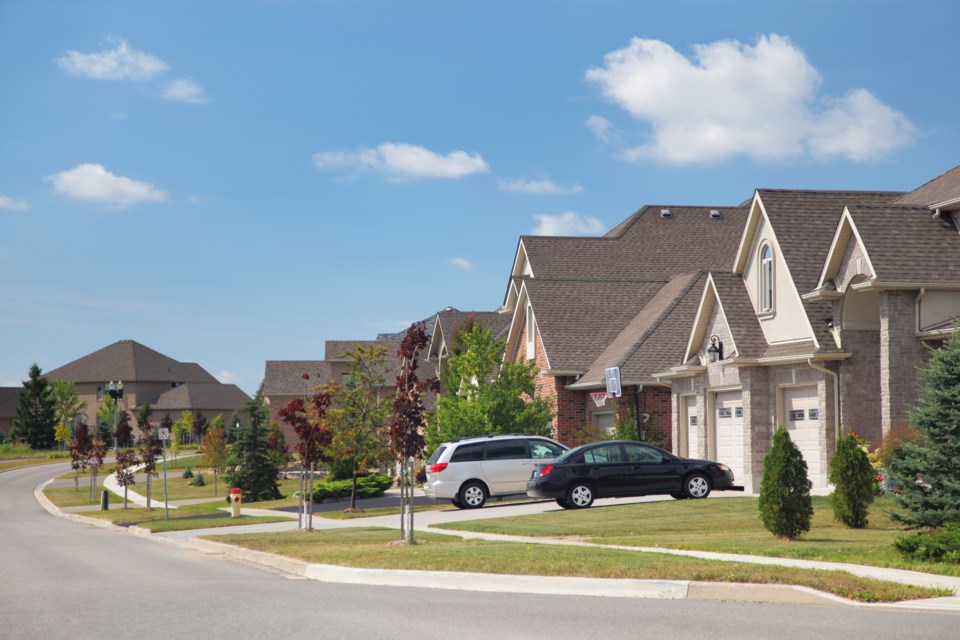The housing market has been red hot lately, which has been raising concerns about affordability. While the volume of sales has been high, so have prices. Canada-wide, the average home price rose between November 2020 and November 2021, to the : $720,850. For many Canadians, the dream of home ownership seems to be slipping away.
British Columbian think tank Generation Squeeze, funded in part by the Canada Mortgage and Housing Corporation (CMHC), believes the best way to increase affordability is to add on homes valued at over $1 million. As proposed, the tax would approximately nine per cent of Canadian households, although it would hit 13 per of Ontario and 21 per cent of British Columbia households. The think tank claims it would increase affordability by decreasing demand.
But that, in hot housing markets, policies to restrict demand . An added tax does not get at the heart of the problem: an imbalance in supply and demand. In fact, it may actually reduce supply by creating a disincentive for people to sell their homes since, despite accruing annually, the tax would be applied only upon the sale of the home. Like a capital gains tax, it would have a “lock-in” effect on ownership.
If you are an older Canadian whose children are no longer at home, you may decide to continue living in your five-bedroom home, especially if your mortgage is paid off, to avoid a five-figure tax bill if you sell. Who’s hurt by such a policy? Young families who can’t break into the housing market and become homeowners in a space that suits their needs.
Since the tax would also apply upon inheritance, in many cases its burden would fall on the children who are inheriting the house. Though the proposed annual surtax is supposed to reduce inequalities, including between younger and older Canadians, it may well do the opposite.
The demand side of the Canadian housing market is currently boosted by such as the first-time homebuyer incentive and non-refundable tax credit and the home buyer’s RRSP withdrawal, as well as a from the re-elected Trudeau government. The supply side, meanwhile, is .
Deputy Prime Minister Chrystia Freeland has acknowledged that it will take years of solid supply building and growth to “.” So, instead of tinkering with the demand side of the Canadian housing market to try to enhance affordability, why don’t we look at policies to enhance supply when housing markets are hot?
Let’s consider, for starters, challenging the various zoning rules and urban planning standards that restrict new construction and densification. What about allowing for more semi-detached housing beyond existing urban boundaries? A streamlined approach to new development approval and get new properties built and into the hands of Canadians more quickly.
Simply put, in order to tackle affordability, we need to consider supply. The federal government’s plan is for 2021-23 immigration to be , so the problem is urgent.
Finally, we need to consider what the purpose of taxation is to begin with. It is to , not to micromanage supply and demand.
Although the Generation Squeeze report was funded by the CMHC, the federal that it will not be adding taxes to primary residences. We need to make sure the government maintains this commitment and that all levels of government get busy addressing the supply restrictions that are at the root of the problem.
Krystle Wittevrongel is a Public Policy Analyst at the Montreal Economic Institute.
©



